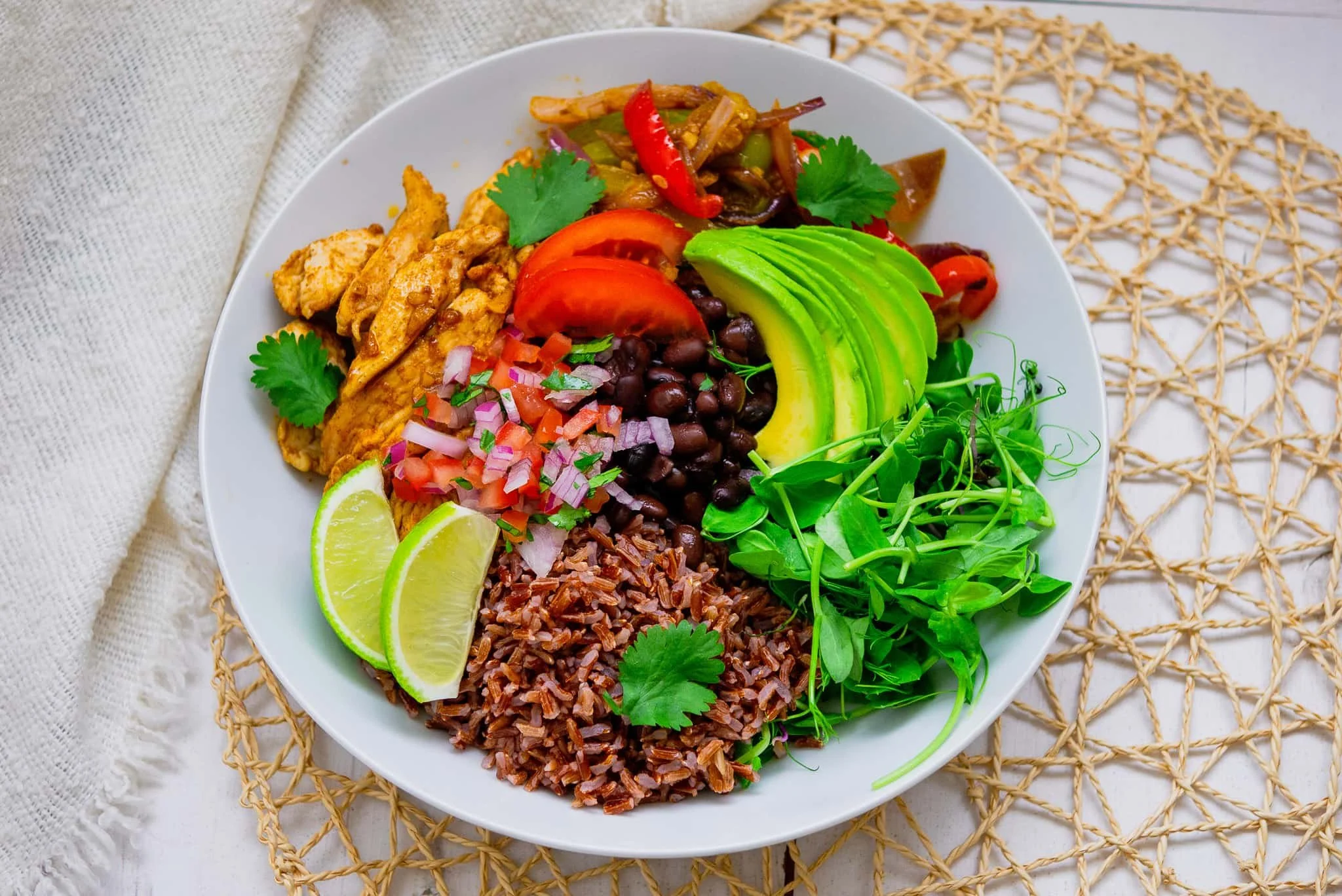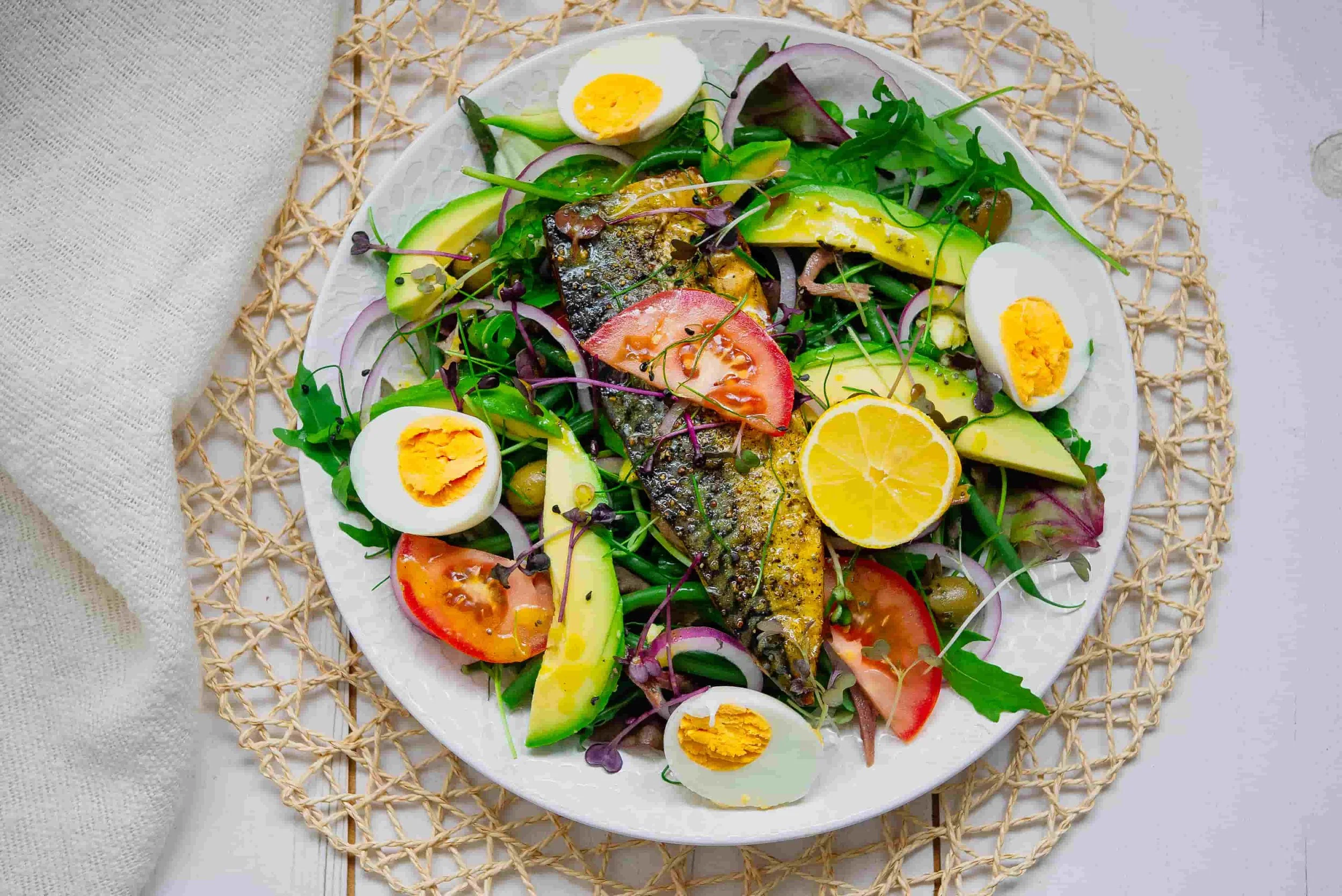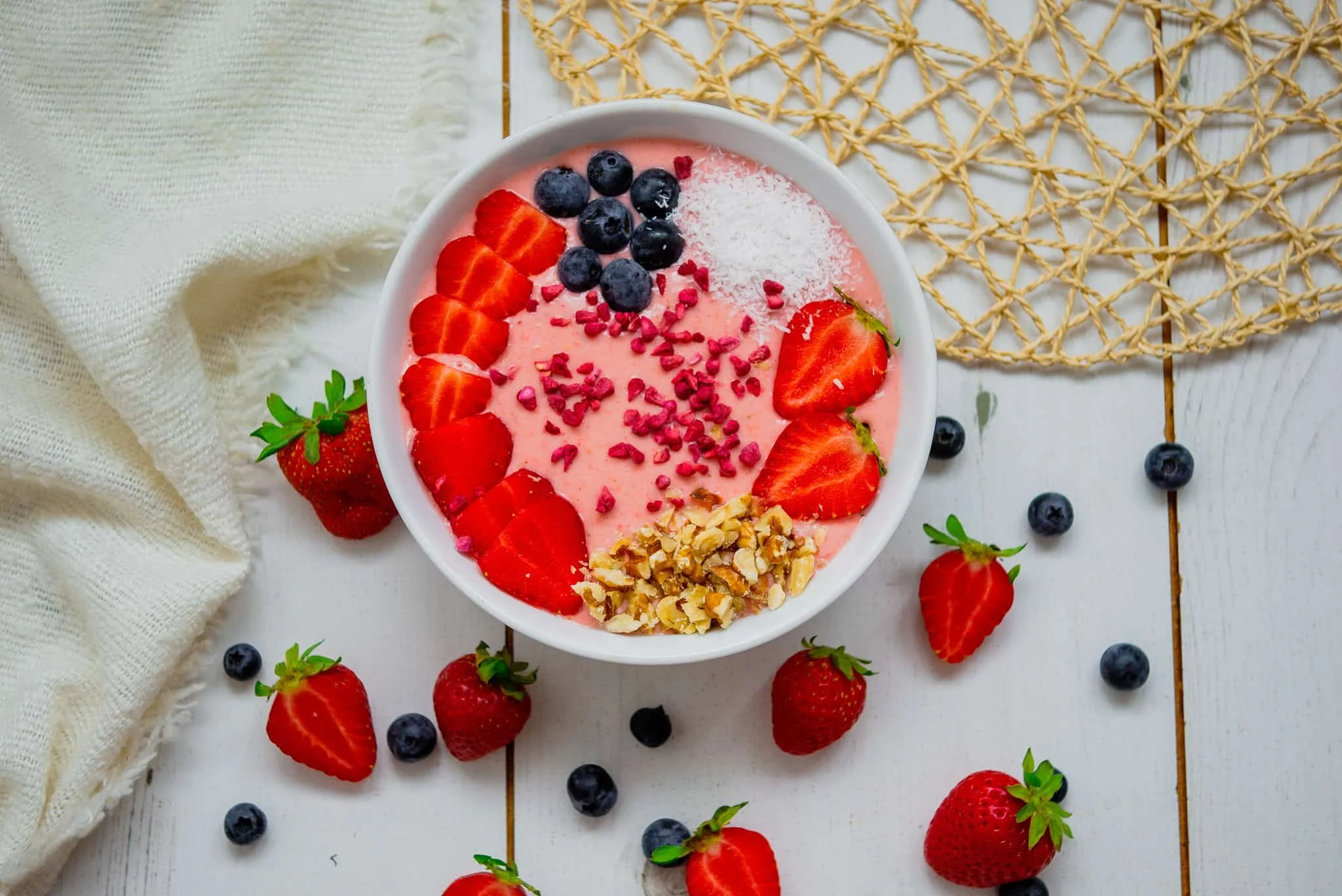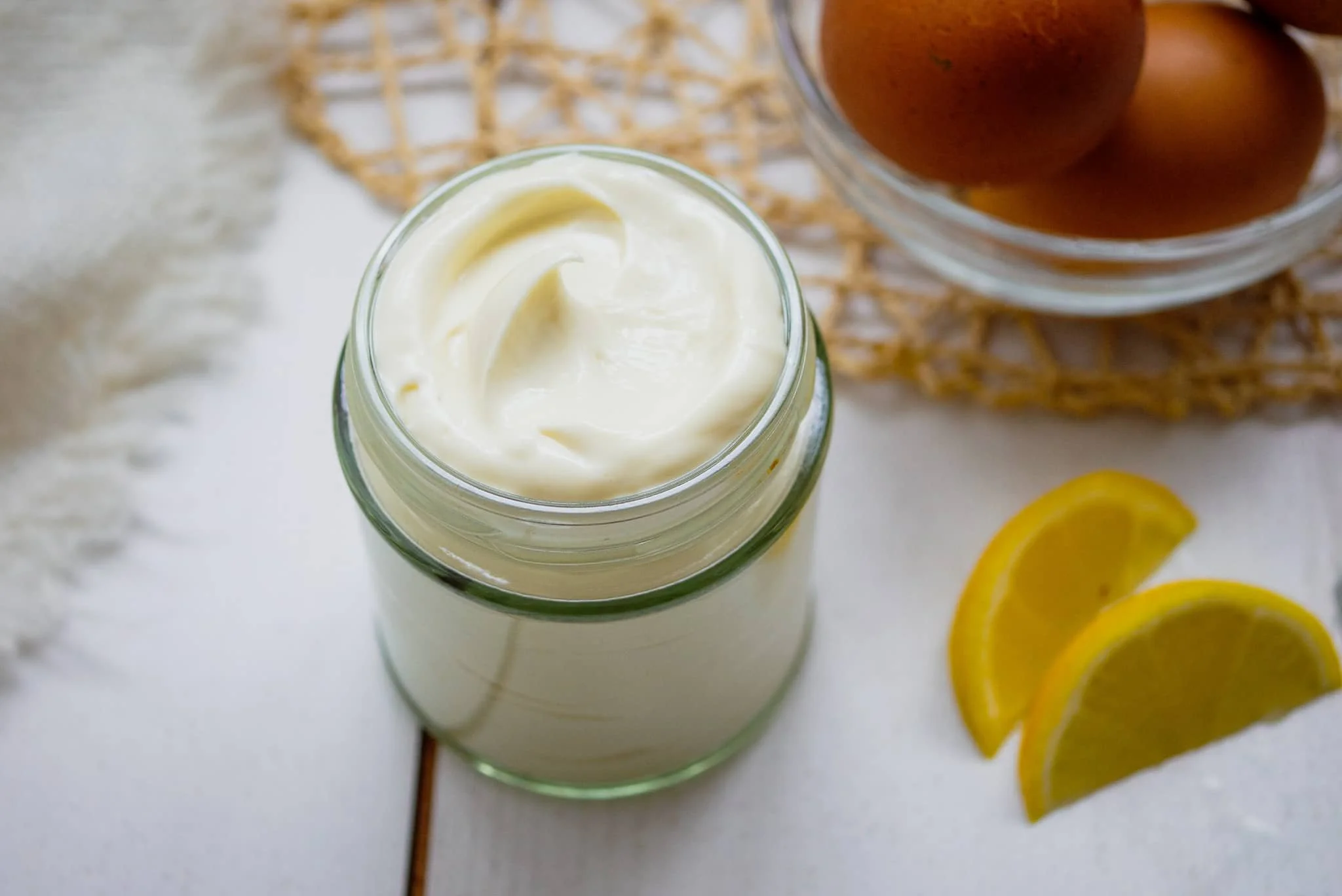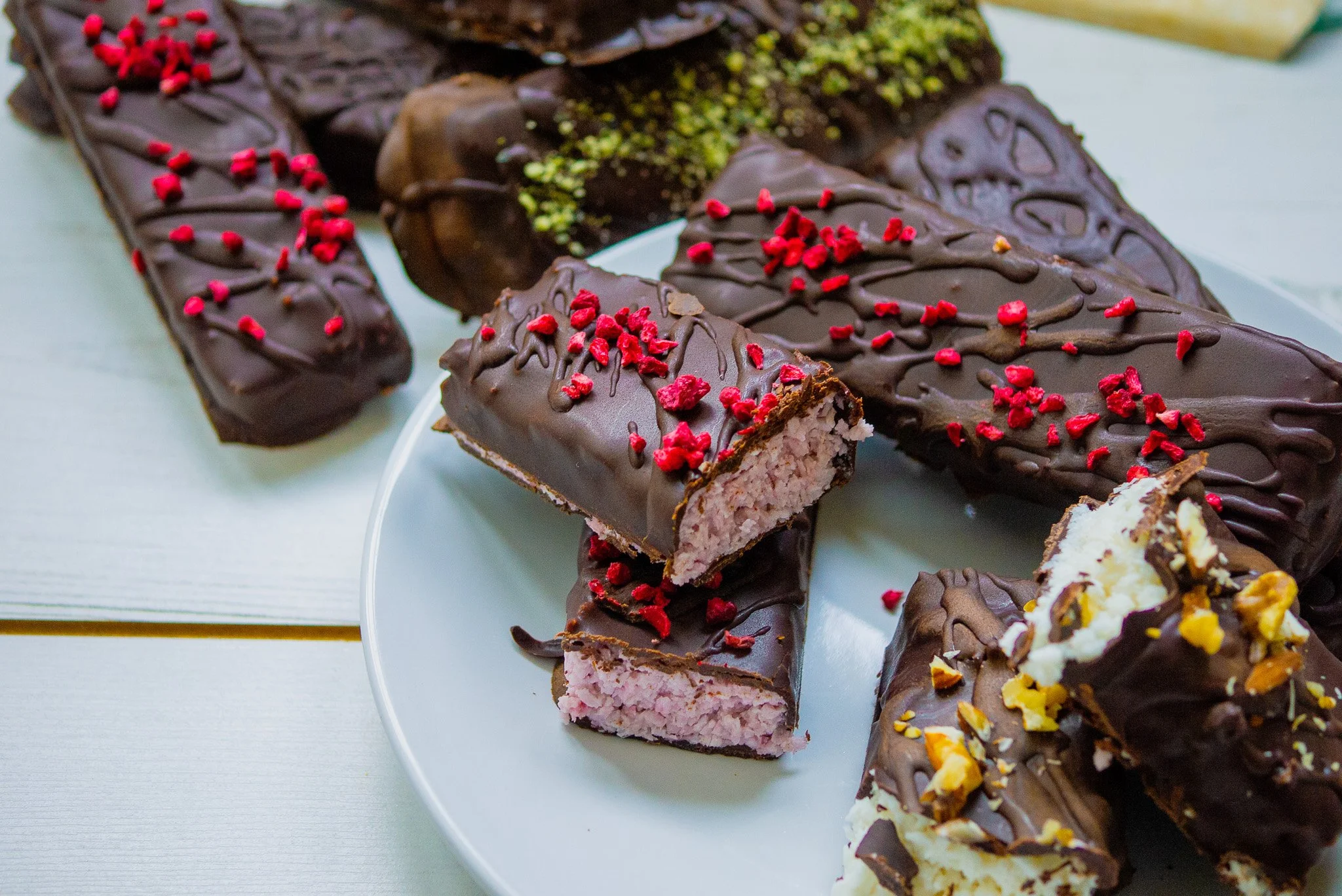What to Eat on a Candida Diet Tips for Beginners
Need help following a yeast-free diet? Whether you have an intolerance, allergy, or candida, I have you covered with recipes, a pantry list, and shopping lists.
Kick-Starting Your Candida Diet
After consulting with your doctor, you may have learned that you must avoid yeast due to an intolerance or recurring candida infections. This often requires adhering to a yeast-free, candida diet.
Feeling a bit daunted? No need to fret! Here, you'll discover recipes, essential pantry items, a downloadable cookbook with 40 recipes, free PDFs for shopping guides, foods to avoid, and a list of non-starchy vegetables.
As a chef with over 25 years in the industry, I've channelled my culinary expertise into creating recipes for those with allergies, intolerances, or dietary restrictions, helping them enjoy better meals with every bite.
I have a yeast intolerance, which means I steer clear of anything containing yeast or that encourages yeast growth in the body. This is akin to following a candida diet. I used to suffer from gas, bloating after meals, diarrhoea, nasal drip, stomach issues, itchy skin, brain fog, weight gain, and just generally feeling unwell. Consulting healthcare professionals and undergoing allergy tests revealed my sensitivity to various foods, including yeast.
These insights stem from my journey to healing my gut, navigating a candida diet, and developing recipes along the way.
Yeast-Free Pantry List & Staples -
Yeast-Free Pantry List & Staples -
-

Sweeteners
Enjoy meals with candida-friendly sweeteners like stevia, monk fruit, and xylitol. You can buy these online, at supermarkets, or at a health food shop. Sugar feeds candida and yeast in the body, so it needs to be avoided. All sugar, including honey, is not permitted while on a candida diet.
-

Flours
Coconut, almond and buckwheat flour are permitted. Buy these at health food stores, online or at health food shops. These flours are quite versatile you can make, cookies, wraps, bread and cakes with these flours.
-

Bone broth
It’s one of the best food sources for destroying candida due to its positive effects on gut health. I prepare my batches weekly, which is soothing and nourishing for my stomach. I drink bone broth daily. Take a look at my recipe here.
-

Eggs
Choosing organic and free-range eggs supports animal welfare and ensures that you consume high-quality products free from harmful additives. Eggs are extremely versatile and have a powerhouse of nutrients.
-

Vanilla powder
Vanilla extract is not allowed in this diet because it contains sugar and/or alcohol. Buy it online. Vanilla seed powder, also known as vanilla powder or vanilla bean powder, is a fine powder made from dried and ground vanilla beans.
-

Oils & Healthy Fats
I would recommend unrefined coconut oil, chicken fat, lard, ghee or grass-fed organic butter for cooking. For dressings, use avocado, walnut, flaxseed or extra virgin olive oil that is cold pressed.
-

Spices & Herbs
All spices & herbs are permitted. They add so much flavour to foods. Steer clear of some spice blends as they can contain yeast extract as a flavour enhancer. I love cinnamon, turmeric, ginger, cardamom and fennel.
-

Apple Cider Vinegar
The only permitted vinegars are distilled vinegar and apple cider vinegar (with the mother). This is the purest form of apple cider vinegar, unrefined, unfiltered, and entirely natural. The presence of the mother bacteria gives it a cloudy, thick appearance.
-

Nuts, Seeds and butters
Avoid pistachios, peanuts, pecans and cashews due to their high mold content. All other nuts, nut butters and seed butters are permitted. My favourites are pumpkin seed butter, sunflower, hazelnut and almond butter.
-

Meat
Avoid pork and processed meats. You can eat all other types of meat, but it's best to choose antibiotic-free, organic options. Stay away from processed meats that are high in dextrose, nitrates, sulfates, and other additives that can affect your health. Factory farmed meat can actually feed candida so avoid if you can.
-

Coconut milk
I avoid supermarket coconut milk due to synthetic additives and gums which are irritating to the gut. I buy from Biona, Organic Kitchen, and Clearspring online or on Amazon. They only contain coconuts and water.
-

Fish
When comparing wild fish vs farmed fish in terms of nutrition, wild-caught fish generally have higher levels of Omega-3 fatty acids, which are essential for heart and brain health. Wild fish can be bought at your local fishmonger or online.
-

Fruit
Only low-sugar fruit is permitted on the candida diet. So stock up on all berries, green apples, kiwi fruit lemons and limes. You will be surprised at how you will stop craving sugary fruit once you start this diet. Avoid fruit juices and smoothies too they are packed full of sugars.
-

Tahini
One of my favourite ingredients its sesame seed paste and can be bought in supermarkets. It has a nutty taste similar to peanuts and is really rich and creamy. Often used in baking, hummus or dressings.
-

Cacao powder
Raw cacao powder is less processed than cocoa powder, retaining more natural nutrients due to minimal heat treatment. It is rich in antioxidants, fibre, magnesium, iron, and calcium. Use it in exactly the same way as cocoa powder.
-

Milk
This diet typically avoids dairy, except for probiotic yoghurt, ghee, and butter in moderation. Milk is high in natural sugars, like lactose, and can be hard to digest. Use plant-based milk without added sugar, gums, or additives. Like Plenish milk.
-

Olives
Always ensure that your olives are brined in olive oil and not vinegar, as that isn't permitted in the yeast-free diet. Buy olives in oil at most supermarkets, health food stores, or local food markets.
-

Grains
Most grains are starchy and should be avoided. Suitable grains on this diet are, millet, amaranth, quinoa, buckwheat, brown, black, red and wild rice only. Available in most supermarkets, online or at your local health food store.
-

Vegetables
All non-starchy vegetables are permitted, including asparagus, avocado, broccoli, cauliflower, celery, chard, cucumber, garlic, green beans, kale, onions, peppers, red, yellow, orange, and green, spinach, courgettes, and tomatoes.
-
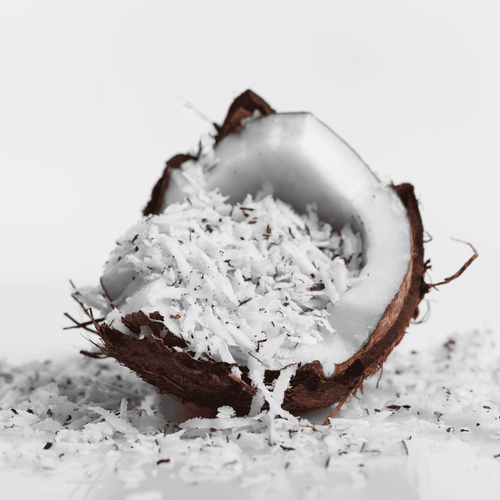
Coconuts
This diet permits all unsweetened coconut products, including coconut oil, desiccated coconut, and milk powder. When purchasing coconut milk, ensure it does not contain gums or additives.
Some Great Tips To Get You Started
-
Eating out
It is still possible to eat out on a candida diet. Choose lean cuts of meat like steak or chicken with either a side salad or non-starchy vegetables and a drizzle of olive oil or lemon juice. For alcoholic drinks ( although not permitted), choose either gin or vodka with soda water, lemon or lime, and a sprig of mint so you don't feel like you're missing out.
-
Cooking at home
Learning how to cook on the candida diet will be beneficial for your healing journey. It can help you save money and ensure that the food you eat does not contain any ingredients you cannot tolerate. Many videos and cookery books are available to help you learn new skills that your body will thank you for. You can also contact me here for a personalised one-on-one cookery class.
-
Research
Before starting my candida diet, I spent weeks researching on Facebook groups, online and in books. Yeast can be found in many different foods, and it's important to consider the impact of sugar and carbs as they can feed yeast in the body. If you're interested in discovering some great platforms, books, and social media sites to follow, check out my article, "A Yeast-Free Guide", for all the details!
-
Digestion
Avoid cold raw foods like salads, as they can stress your digestive system. Remember to chew your food well, take 20 minutes to eat, and avoid eating when stressed. Before eating, take 5 deep breaths to signal to your gut that it’s safe to eat, which can help your body digest the food better. It's important to note that you cannot digest food in a stressed state, so it's best to avoid eating too quickly. I have been taking L-glutamine,digestive enzymes when I'm working and cannot sit to eat, zinc picolinate, Bio Me pre-bio PHGG, and aloe vera, all of which have greatly helped my gut.
-
Relaxation, Movement & Mindset
Gentle exercise can aid in eliminating toxins during a cleanse. Aim for activities that make you sweat. Sweating plays a crucial role in releasing toxins. Consider going for a run, dancing, or spending time gardening. Sticking to a strict diet can be challenging and may feel overwhelming, so ensure you have strong support. Joining Facebook groups helped me realise I wasn't alone in this process. Taking time to rest is key, especially as you might feel under the weather in the initial days of your cleanse, so remember to pace yourself.
-
Organic food
Choosing organic produce means making a clean choice for your body. It reduces the burden on your body and helps cleanse it. Eating organic food can ease the workload on our livers, which work harder to process the toxins in non-organic produce. Our bodies are designed to thrive on natural foods, which support our health and boost our immunity. The complex ecosystem of microflora in our intestines is essential for proper digestion and a strong immune system. Pesticides, herbicides, and genetic modification have the potential to upset the delicate balance in our digestive system, which are so prevalent in non-organic foods.
-
Get expert advice
I initially did not follow instructions and just winged it. I was trying to flush candida from my gut and ended up overdosing on supplements. This left me feeling dizzy and with excruciating headaches, which made me unable to work or drive. I want to emphasise the importance of seeking the help of a professional healthcare or holistic practitioner. It's really difficult to do this on your own. Don't do it!
-
Recipes
Yes I know what the heck can I actually eat..... Luckily for you, I've created 40 deliciously creative recipes for a yeast-free and candida diet. You can find more information below. I've enjoyed some delicious and satisfying meals on this diet. Eating this way feels primal and natural, and I feel more nourished than ever. I created tasty food with lots of flavours rather than bland, boring recipes. Take a look below.
-
Shopping
I was well-prepared to start my candida diet. I shopped at a mix of local stores, supermarkets, and online. I went to the Grape Tree for healthy bulk food and buy-one-get-one-free deals. Lidl is good for frozen wild fish. I use Well Easy for my online health food shop. Look here and use my code KAM15 at the checkout to receive £15 off your first order.
FREEBIES
Grab your FREE printable PDF cheat sheets for foods to avoid, a shopping list and a list of non-starchy vegetables you can eat.
Delicious Candida Diet Recipes From My Cookbook
Candida Diet Cookbook
Nourishing, healthy, yeast-free, and candida-friendly recipes packed with flavour and excitement. This collection of 40 recipes includes notes on where to buy ingredients and an equipment list.
Candida Diet, Yeast-Free Recipes
Click on pictures to be redirected to the recipes
Chocolate & Avocado Truffles. Rich and chocolatey, swap the honey for liquid stevia for a delicious and compliant sweet treat. You cannot taste the avocados, just smooth creaminess and lots of healthy fats. You will cherish eating these on your diet.
Berry Mousse. Are you seeking a healthy yet delicious recipe to satisfy your sweet cravings? Look no further! This three-ingredient recipe is not only easy to make, but it's also packed with nutrients and flavour. Swap the honey for liquid stevia.
Turmeric, Garlic, and Lemon Dressing. This yeast-free dressing made without vinegar can be flavoured with herbs to change the flavour. It's a great dressing to drizzle over vegetables to liven up the dish. Add tarragon, chives, ginger or parsley.
Almond bread. Is fantastic for breakfast; swap the honey for liquid stevia instead. This is a beautifully light and fluffy low-carb bread recipe. It tastes nutty and has a cake-like texture but is lighter. It's wholesome and very lightly sweet.
Vegan Coriander and Walnut Pesto. Pesto is probably one of the quickest and easiest things to throw together, and it can liven up a boring meal. Serve it with fish or grilled meats, or stir it into brown rice pasta for a quick meal.
Roasted Red Pepper and Tomato Sauce is a quick and easy sauce that’s bursting with flavour. Use it for pasta or serve it alongside chicken or fish to add flavour to an ordinary meal. Roast the ingredients and then blitz; it is really that simple.
Red Lentil Tortillas. Wraps that taste delicious and don't fall apart when you breathe. They're gluten-free and candida-compliant, and with only two ingredients. What are you waiting for? All you need are lentils, seasoning, and water.
Chia Seed Pudding With Berries. This is a really creamy and fruity overnight chia seed pudding recipe that takes very little time to prepare and is no-cook. Serve it as a healthy breakfast or dessert. This is a great time-saving meal, perfect for busy mornings.
Spicy Chargrilled Chicken Breast with Bacon and Avocado. Every bite has a mix of textures: the cool creamy avocado, the crunch of bacon, and the salty pop of olives with a fiery hit of spices. The roasted tomatoes add a sweet and tangy kick.
Homemade Almond Milk. Is so creamy and doesn’t split or curdle in hot drinks. Some commercially made almond milk may contain only 2 percent almonds, offering very little protein and nutrients. This recipe so easy to make at home try it.
Cajun Prawn and Avocado Salad. This recipe is so nourishing and satisfying, and it has incredibly simple ingredients. It contains no grains but is high in healthy fats and protein. Serve it for lunch or dinner. It's so tasty and kept me full for six hours.
Creamy quacamole is perfect as an addition to burgers and as a dip, along with eggs and salmon for a quick breakfast. Try it with some seedy yeast-free crackers. ( Recipe in ebook). The recipe is super easy and so versatile.
Nourishing Gut Healing Bone Broth. It is probably one of the best things to drink on this cleanse. Regularly consuming bone broth allows you to enjoy numerous health benefits, such as improved digestion, stronger bones and joints, and higher energy levels.
Coconut Fish Curry is a delicious, warming curry. Enjoy the anti-inflammatory benefits of ginger, garlic, and warming spices in a creamy coconut and tomato sauce. Coconuts are anti-fungal, so this curry is perfect for a candida diet.
FAQ’s
-
Fresh meat, free range chicken and fish
Eggs
Low starch vegetables: Artichokes, Asparagus, Avocado, Broccoli, Brussels sprouts, Cabbage, Celery, Cucumber, Eggplant, Garlic (raw), Kale, Olives, Onions, Spinach, Tomatoes, Olives are OK if they are not in distilled white vinegar, courgettes.
Nuts – Almonds, Flax Seed, Hazelnuts, Pecans, Sunflower Seeds, Walnuts
Grains,Oats, rice, buckwheat, millet, quinoa
Green tea
Avocados
If dairy is tolerated, Butter, Yoghurt, Organic hormone free milk,
Low sugar fruits
Xylitol as a sweetener
Apple cider vinegar
Vegetable oils
Sourdough (small quantities)
Herbs and spices are an excellent way to add flavour to meals, many have anti-fungal properties as well. These include: Basil, Black pepper, Cinnamon, Cloves, Dill, Ginger, Garlic, Oregano, Paprika, Rosemary, Thyme, Turmeric
-
Vegetables
All vegetables are safe, but non-starchy vegetables like asparagus, cabbage, kale, cucumber, spinach, and tomatoes are especially good.
Fruits
Low-sugar fruits like berries, kiwi and green apple are only permitted, but you should avoid all other high-sugar fruits.
Protein
Meat like chicken, fish, beef, or shellfish is safe, and eggs are also a good source of protein.
Nuts and seeds
Almonds, sunflower seeds, and flaxseed are safe
Grains
Brown rice,black, red or wild rice, millet, amaranth, quinoa, oat bran, and buckwheat are safe.
Healthy fats
Avocado, extra-virgin olive oil, and olives are safe.
-
All forms of sugar, including honey, maple syrup, and molasses
Fruits high in sugar, such as bananas, mango, grapes, and dates
Starchy vegetables (potatoes, carrots)
Gluten, including wheat, spelt, and rye grains
Some dairy products, including cheese and milk
Processed meats
Packaged foods (frozen meals, chips, etc.)
Fried or junk food
Soda, coffee, fruit juice, energy drinks, caffeinated tea, and alcohol
-
Remedies and Treatments for Yeast Infections
Take Probiotics. Many yeast infections happen when your immune system is busy or damaged.
Eat Yoghurt. Yoghurt is another healthy source of probiotics.
Apply Saltwater Rinses. Yeast infections can sometimes be reduced and soothed by rinsing the area gently with saltwater.
-
The candida diet is a yeast free, sugar free, low carb diet.
The diet promotes whole foods that are low in sugar as well as non-starchy vegetables, lean protein such as meat, beneficial fats from sources rich in omega-3 fatty acids and non-caffeinated drinks. Examples include: Low-sugar fruit including lemons, limes and berries. Non-starchy vegetables such as spinach and kale.
-
Some people try a candida cleanse diet to cure these symptoms. The diet removes foods such as sugar, white flour, yeast, and cheese from the typical diet. It is based on the theory that these foods cause candida overgrowth.
-
Red patch of skin (rash) with small, raised bumps (pustules).
Itching.
Burning sensation.
Vaginal discharge (white or yellow).
White patches or sores in your mouth that cause loss of taste or pain when eating or swallowing.
Swelling (inflammation).
-
A true food allergy affects the immune system. Even small amounts of the offending food can trigger a range of symptoms, which can be severe or life-threatening.
In contrast, a food intolerance often affects only the digestive system and causes less serious symptoms.
-
Food intolerances affect your digestive system.
People who suffer from an intolerance, or sensitivity, can't break down certain foods.
They develop gas, diarrhea and other problems
An intolerance or food sensitivity is inconvenient but not life-threatening.
-
One way is to follow a candida diet plan, which is a low-sugar, yeast-free diet that helps “starve” candida fungus. A candida diet can take anywhere from a few weeks to several months to be effective.
-
Proponents of the candida diet claim that it kills off candida overgrowth by eliminating sugar, gluten, alcohol and some dairy products. It focuses on organic, low-sugar, high-quality produce, meats and fats.
-
The strongest candida killers are generally recognized to be antifungal drugs, such as fluconazole (brand name Diflucan), nystatin, and clotrimazole.








